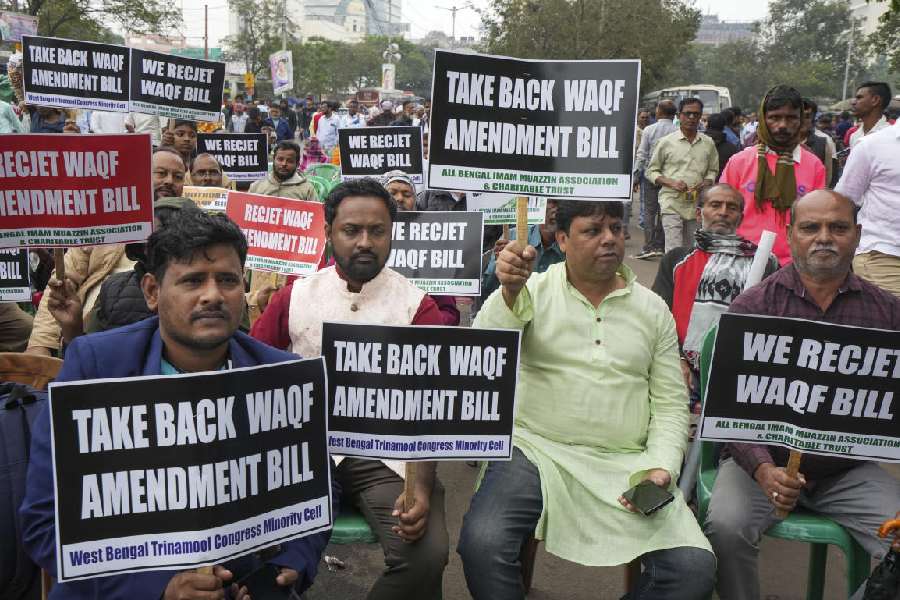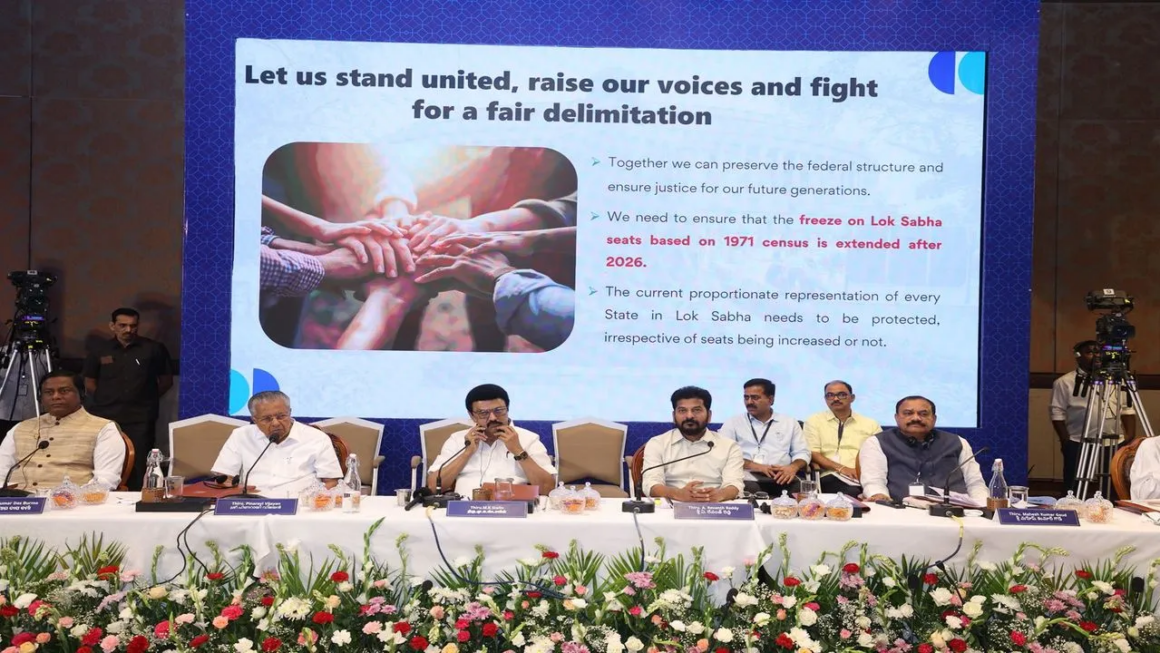The farmer protests near Delhi have brought renewed attention to the agricultural practices of northern India, groundwater use in particular. A new study finds that states where groundwater reserves are at critical levels, such as Punjab, form the major source of cereals for around 76% of India’s population. This puts the country’s food supply in a vulnerable position.
Francesca Harris of the London School of Hygiene and Tropical Medicine and other co-authors look at the inter-state trade of five cereals-rice, wheat, maize, millet and sorghum-in 2011-12. The majority of this trade (58%) happens through the public distribution system, and the northern region is responsible for 61% of exports to other states.
The trade between states is inefficient in its use of groundwater when seen from a national perspective. As many as 27 states use less groundwater to grow a tonne of crop than the states they import from do to produce the same tonne. This implies a net loss of groundwater. On the whole, 2 cubic kilometres are lost every year-this is around 2% of the total groundwater used in India to produce cereals.

Courtesyg: Google (photo)



